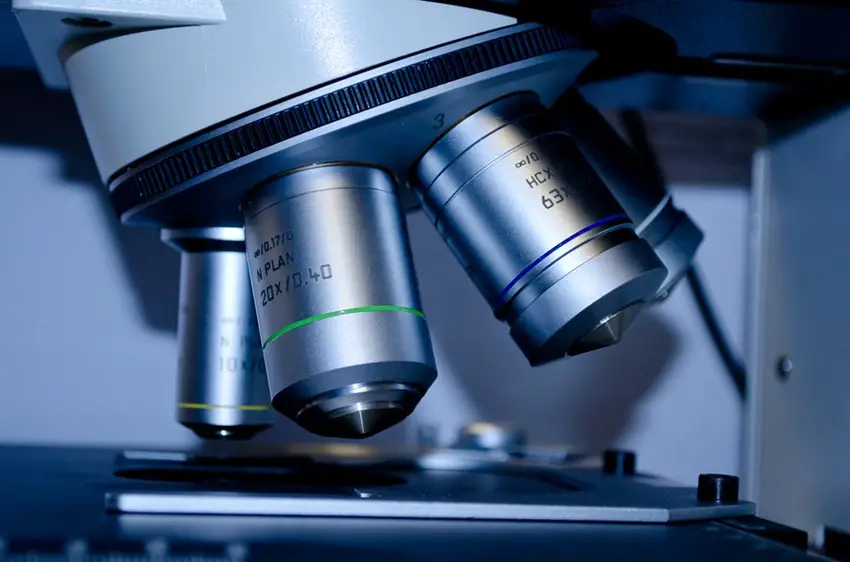
A team of researchers from Bangor University are aiming to create broadband speeds that are over 2,000 times faster without a massive increase in the costs to consumers. Even more astoundingly, they are now working on a three-year project to make it commercially feasible. According to the team responsible, achieving this is dependent on being able to devise a way of cramming even more data through the data cables without any errors creeping in.
This team of Bangor University (Wales) scientists are already reputed to be able to pump 20 gigabits of data each second, which is enough to download an entire HD movie in 10 seconds and songs in less than 1 second (making downloading Superman as fast as a speeding bullet!).
[Recommended reading: Comparing Aspects of Mobile Broadband and Fixed Line (ADSL)]
The Basics
In a straightforward manner of speaking, the incumbent fibre optic networks work by taking digital data (the 0s and 1s that compose computer codes and digital information), and turn it into pulses of light. Unfortunately, as the length of a data cable increases, and the wealth of data being pumped down the cable is also increased, errors can start to occur; this effect is referred to as dispersion.
A number of measures have been suggested in order to combat the dispersion, one of the measures is to increase the amount of fibre optic strands within the data cables, increasing the number of lasers that code and decode the data within the cables before putting it back out, and signal amplification technologies, these solutions are helping the scientists meet their goals but according to one member of the team however, all of these solutions cost an extremely high amount of money, which make the solutions an issue for making the broadband more affordable.
The researchers at Bangor University have decided to adapt a very different approach to the problem of dispersion; they have attempted to modify some well-understood technology that are already being used in digital broadcasting and wireless networks. This technology is succinctly referred to as: OOFDM for short or the more technical name Optical Orthogonal Frequency Division Multiplexing. OOFDM involves taking raw digital data, transforming it into a series of physical electrical waves, which are then converted into an optical signal that can be pumped down a data cable by a laser.
The team have succeeded in designing the electronic equipment that can code and decode both optical signals in real-time which is a huge breakthrough for the technology. Despite the team already being able to run data through optic fibres at 20Gbps, they are now confident of achieving speeds of about 40Gbps in the near future.
[Suggested reading: Broadband – What Will The Future Be]
Sign of the Times
A pilot by internet behemoths Google allows a handful of cities across the world, such as Kansas in the US, to achieve 1GB per second connections. This is also true in the UK, with firms such as Eland Cables offering data cables capable of supporting data transmission speeds of up to 1GB per second. Therefore, the challenge now for the Bangor researchers is to harness their technology and convert it into an electronics module that could integrate itself into current fibre networks and data cables – at the right price. The project has garnered support from a whole host of industry partners, such as Fujitsu Semiconductors, Finisar, and Fraunhofer Heinrich Hertz Institute. The team hope to have a working module at the end of the 3 year project.
[Recommended read: How Well Do You Know About Your Broadband Speed?]
Ultra High Speed Broadband by Bangor University [Video]:
[Image credit] / [Video source]




Amazing discovery Peter! I wonder when this new technology will be available for general public use…
Not quite yet. They’re still working on it. However, they might pull it off real soon who knows. It’s technology, gotta be fast right? 🙂
Well I certainly wouldn’t mind a bit faster internet as long as the prices didn’t go up too much. The only drawback I can think of is mountains of data could be stolen in a matter of seconds, but we are never going to prevent all of it anyway.
Everything has its own pros and cons I suppose.
My internet speed definitely needs a turbo boost button. It used to be faster and consistent. They were bought by another company a while back, and I think they reduced the speed or something. I couldn’t imagine downloading a large file in a second or two. I remember when I first went from dialup to broadband. I was totally amazed at what I could do. Sure don’t miss them days. Full speed ahead!
Hmm, it’s about time Peter, mine really crawls like a turtle.. haha..
I’m looking forward to it as well, Nhick 🙂
Super-superfast broadband would be pretty cool, but it would make it really easy to go over your usage limit – if you don’t have unlimited!
Interesting to see that this innovation is from a University in Wales, as when you think of technology and innovation, Wales is probably not the first country you think of – Japan, South Korea, and the USA spring to mind for me.